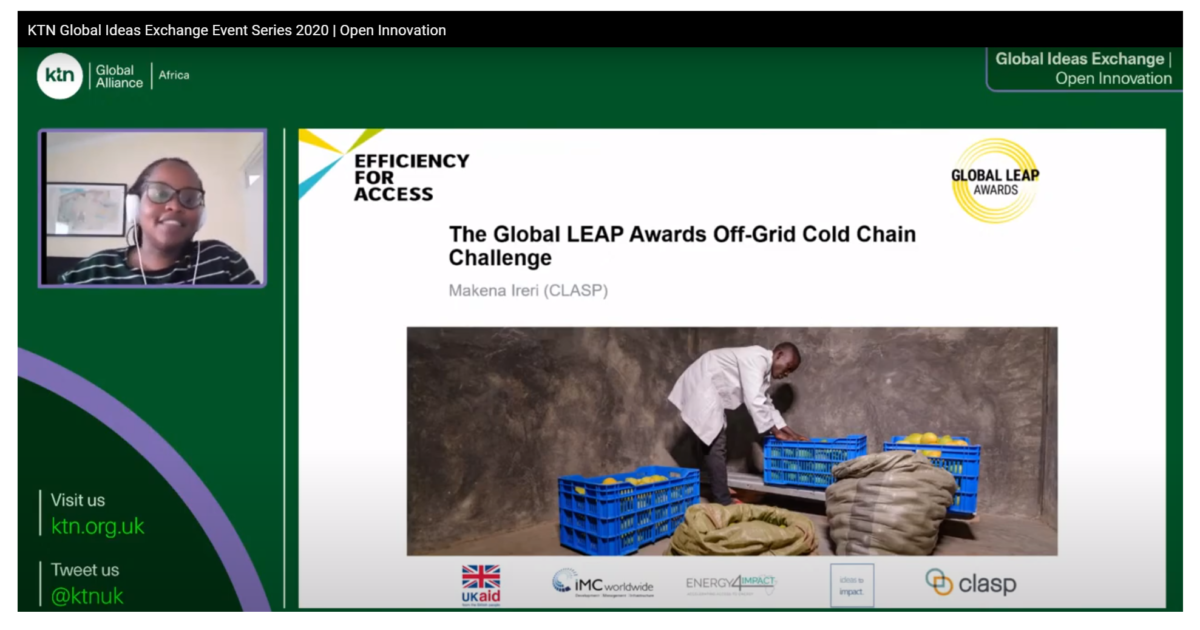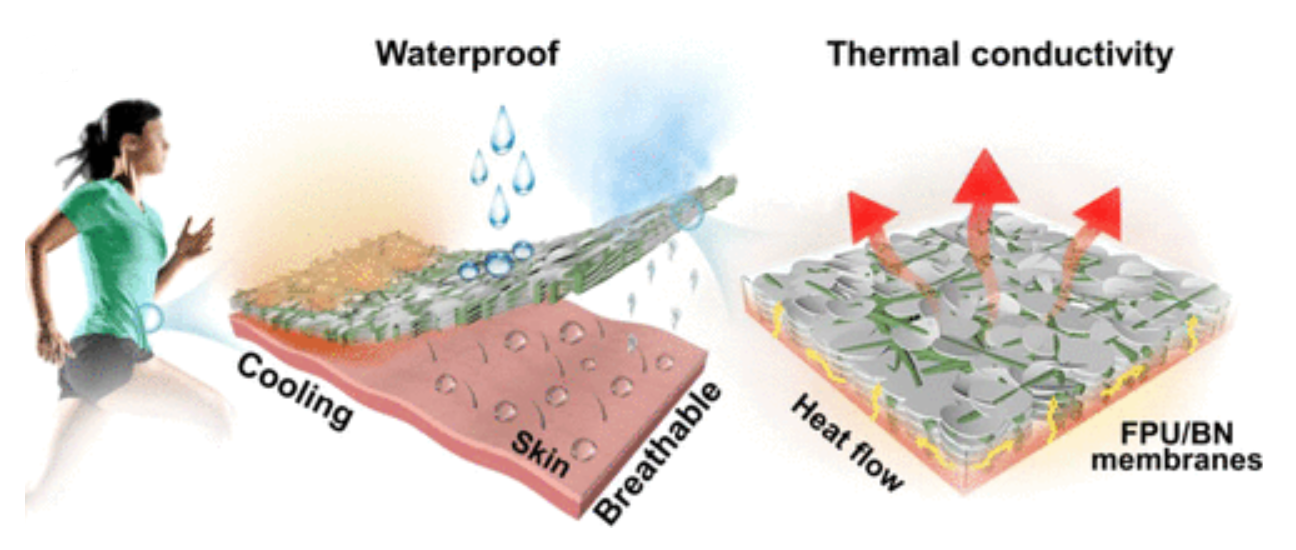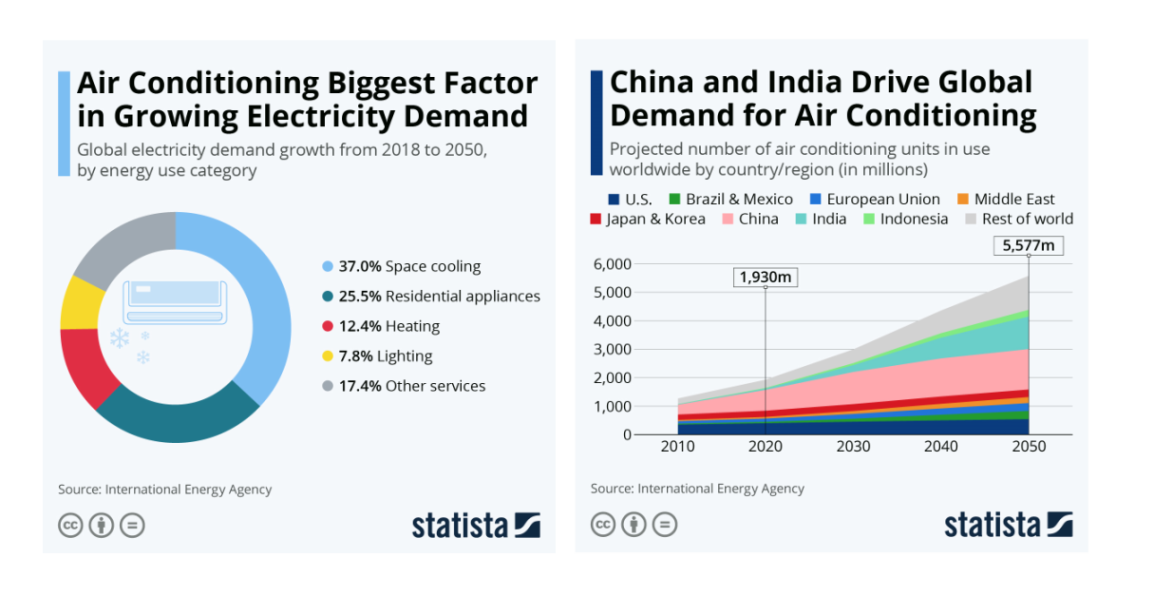Latest Cooling News: Framework for sustainable cooling; funky windows and paint; Tesla AC…
Cooling for sustainable development
Growing international demand for cooling is set to drive one of the most substantial increases in greenhouse gas emissions in history – but the risks and benefits of cooling remain a global blind spot, according to research published by the Oxford Martin Programme on the Future of Cooling.
The research examined the links between cooling and the United Nations Sustainable Development Goals (SDGs), and proposed a framework to help identify solutions to deliver sustainable cooling for all.
“Cooling is essential to human well-being and health, from the food we eat, to the storage of medicine, to how comfortable and productive we are at home, school or the office. But the global community must commit to sustainable cooling, or risk locking the world into a deadly feedback loop, where demand for cooling energy drives further greenhouse gas emissions and results in even more global warming.”
Dr Radhika Khosla
Climate projections indicate that three-quarters of the world’s population face health risks from higher temperatures, and that there are many other heat related risks and deleterious impacts on food and medicine production and distribution, work, education and learning, equality, livelihoods and infrastructure. Studies estimate that 66% of the world’s population will be urbanised by 2050, making towns and cities the epicentre of cooling demand. To help alleviate this and other heat risks, the demand for air conditioning is rocketing. But this could exacerbate climate change due to the use of refrigerant gases and because the energy needed for space cooling alone is projected to triple by 2050.
Worryingly, the rise in demand for cooling, and the potential benefits of sustainable cooling, are currently blind spots in key sustainability work and policies. According to the Oxford team’s analysis, cooling is not mentioned at all in the UN’s 2030 Agenda for Sustainable Development, the 17 SDGs or in its 169 targets. Yet, there is much evidence that sustainable cooling could directly improve people’s lives, facilitate the achievement of all of the SDGs, and benefit the global climate.
The use of the word sustainable here refers to the provision of cooling in a manner that maximises its contribution to the SDGs, for example, by minimising health impacts from extreme heat, reducing greenhouse gases, avoiding food loss, and reducing societal inequalities. Sustainable cooling can be delivered by replacing refrigerant gases composed of hydrofluorocarbons with those that have a low greenhouse gas warming potential, such as butane; increased efficiency of cooling equipment; and supporting behaviour changes around cooling consumption. Sustainable cooling mechanisms also include land use and architecture to embed passive and energy-efficient cooling mechanisms in urban spaces such as parks and water, trees and foliage, green roofs and climate sensitive building including appropriate insulation and passivehaus techniques.
The Oxford team provide a framework to foster sustainable cooling for all, see diagram below. The researchers emphasise that sustainable cooling cannot be addressed through a purely technological lens but as a system comprised of active and passive measures, with key social and technical components.
Everyone, from individuals to businesses to governments, has opportunities to contribute to sustainable cooling. These opportunities include:
- lifestyle choices and social interactions, including behavioural choices;
- technological innovation, such as energy-efficient and affordable passive cooling;
- new business models (e.g. “cooling as a service” and company value propositions;
- governance, including regulation design and implementation; and
- infrastructure design, which shapes and enables different solutions for cooling.
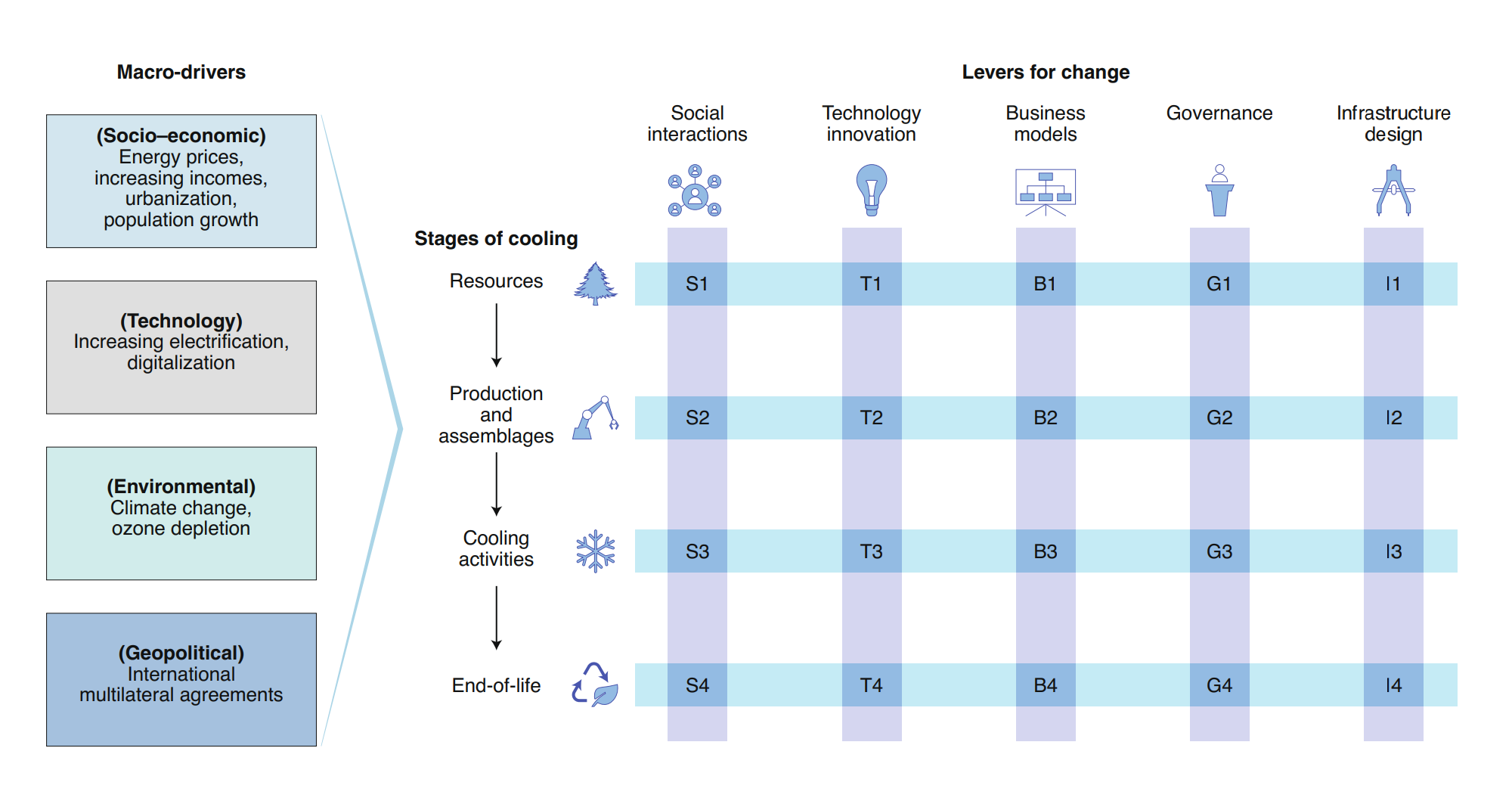
Above: the framework for transitioning towards sustainable cooling: macro-level drivers, different stages of cooling delivery, and the levers for change
You can also read a guest blog on the study in the Carbon Brief.
Collaborations

The Future of Cooling team has joined the Cool Coalition as an academic partner.Members of the Programme have also joined the India Cooling Coalition through the Oxford India Centre for Sustainable Development (OICSD).
 The vision of the Indian Cooling Coalition is to enable access to affordable and sustainable cooling in India in combination with its development and climate goals. Cooling is a core area of work for OISCD covering landscape assessments of cooling technologies and their production including HFCs; the social aspects of cooling and behaviours including health; and identifying low-carbon cold chain solutions.
The vision of the Indian Cooling Coalition is to enable access to affordable and sustainable cooling in India in combination with its development and climate goals. Cooling is a core area of work for OISCD covering landscape assessments of cooling technologies and their production including HFCs; the social aspects of cooling and behaviours including health; and identifying low-carbon cold chain solutions.
The Off-Grid Cold Chain Challenge
How can we best support innovation to develop ideas and bring them to as many people as possible?
In this 18 minute video, Makena Ireni from CLASP discusses the Off Grid Cold Chain Challenge competition that is supporting innovators to solve the problem of ineffective off-grid cooling, for agriculture and food chains.
She talks about the challenges in agricultural cold chains in sub-Saharan Arica, and the competition’s focus on innovation on cold storage for fresh fruit and vegetables after harvest, at the very beginning of the cold chain process, as this is critically missing in this area of the world.
Effective personal cooling
On the hierarchy of cooling needs, cooling people rather than the space inside building ranks near the top, as this the most effective and energy efficient. Wearing loose clothes made from breathable fibres are essential for keeping cool.
A personal cooling fabric that cools the wearer without using any electricity has been unveiled by scientists. The fabric transfers heat, allows moisture to evaporate from the skin and repels water much more effectively than other technical fabrics.
The new material was made by electrospinning a polymer, a water-repelling version of the polymer and a thermally conductive filler (boron nitride nanosheets) into nanofibrous membranes. The pore size of the membranes are large enough to allow air to circulate and sweat to evaporate, but small enough to prevent water ingress. The boron nitride nanosheets conduct heat away to the outside air.
The researchers claim this new membrane could be useful not only for personal cooling, but also for solar energy collection, seawater desalination and thermal management of electronic devices.
Building technologies
There are lot of ways in which building construction and choice of materials can enhance cooling, ranging from modern to centuries old techniques, from simple white roofs to complex ideas such as water filled windows. We’ve covered some of these in previous newsletters.
Thermochromic windows
A new development is thermochromic windows which not only reduce the need for air conditioning but simultaneously generate electricity. This new development rises from research at NREL, the US Department of Energy’s primary national laboratory for renewable energy and energy efficiency. 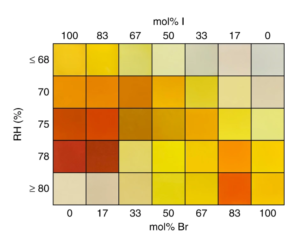
The window is comprised of a thin film of metal halide perovskites in a vapour skin between two layers of glass and injected vapour. Perovskites are easily synthesized materials and are considered the future of low-cost, efficient solar cells. They feature crystalline-like electronic band structures and liquid-like physical properties, that can be manipulated with low energy input, such as sunlight.
As the sun heats the window and changes the humidity of the vapour, a reaction is triggered that causes the perovskite to rearrange itself, creating a change in colour or tint to the window. The perovskite film reversibly switches between multiple colours including yellow, orange, red, brown, and white/colourless.
The figure shows the diverse colours obtainable upon exposure to humidity (RH%) from Perovskite films rich in iodide and bromide. Beyond the range of RH shown, the film is transparent.
This tint blocks glare and unwanted solar heat gain through the window. It also creates a functioning solar cell that generates power. The latest iteration developed by the researchers gives tints within 7 seconds and works between 35ºC to 46ºC (95ºF to 115ºF); a glass temperature easily achieved on a hot day.
The researchers estimate that a prototype window using the technology could be developed within a year.
Not so humble paint
Another way to passively cool a building is to paint the roof white, in order to increase solar reflectance. There are many places and organisations that have cool roof initiatives, such as New York, which use ordinary white paint.
It is considered that replacing a dark roof with a white one can cool the top floor of a building without air conditioning by 2-3 ºC; and enable a 20% reduction in net annual energy use for a one-story building with air conditioning. A number of cool roofs clustered together can reduce the urban heat island effect and create community-wide benefits.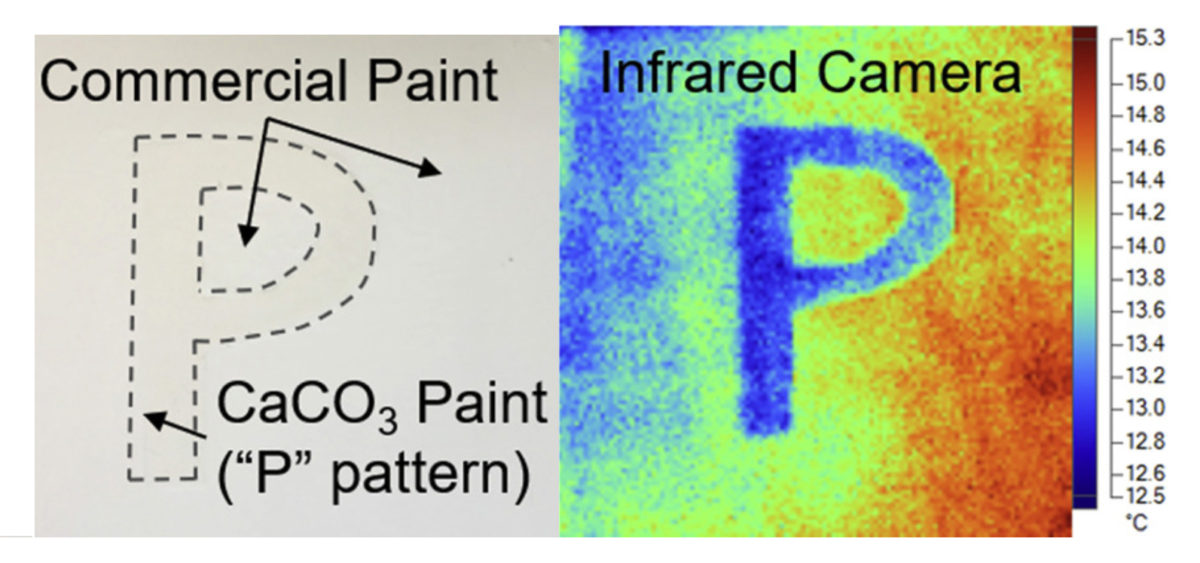
Researchers have now developed a new super white paint which is so reflective that it can cool a surface to below the surrounding air temperature, even under sunlight, due to radiative cooling. It is made with calcium carbonate CaCo3, which helps to scatter light from different wavelengths. Compared with existing, commercial heat-reflective paints which reflect 80-90% of solar energy, the new one achieved 95.5%.
The new paint is also thinner, cheaper and could be easily scaled up, according to the researchers, as it employs materials commonly used by the paint industry.
Other colours are available!
Focusing on the fact that most of the solar energy is carried by infrared light, researchers at Columbia University, USA, have produced a paint that comprises a dual coating of infrared reflecting polymer (like Teflon), covered by a coloured coating. This paint structure means a lot of energy is reflected back into the sky, rather than heating up. This is a similar effect to white or silvery paint, but the novel aspect of this development is that the colour of the paint can be anything!
In experiments, comparing the new paint with ordinary paint, the new paint reduced temperatures up to 16degC lower than that of an ordinary paint under midday sun– even when the paint colour was black.
Tesla eyes up Home HVAC
In a discussion during Tesla’s Battery Day Elok Musk discussed his ideas to develop a “really kick-ass home HVAC” system. He said that much of the work to develop a HVAC system that’s reliable, very quiet, super energy efficient, with a very fine filter for particles, has already been invented for the Tesla vehicle, as this is “tiny, it’s efficient… .has to last for 15 years… and has to work in all kinds of conditions from the coldest winter to the hottest summer”.
Upscaling this technology for a home HVAC could be done by stacking the units, depending the size of the house and required capacity. The home HVAC could be connected to the Tesla car and be automated to turn on when the owner is coming home. This isn’t as futuristic as it sounds, as existing home and business HVAC systems can already be controlled by apps and linked to other smart home technologies of ease of use and efficiency.
A Renovation Wave for Europe – greening buildings, creating jobs, improving lives
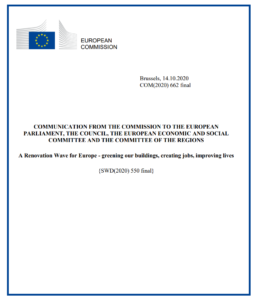 On 14 October, the EC launched its Communication and Strategy on the Renovation Wave initiative. The objective is to improve the energy performance of buildings by at least doubling the renovation rates in the next ten years and ensuring renovations lead to higher energy and resource efficiency. This will contribute to making the continent carbon neutral by 2050, enhance people’s quality of life, improve the reuse and recycling of materials, and create up to 160,000 additional green jobs in the construction sector.
On 14 October, the EC launched its Communication and Strategy on the Renovation Wave initiative. The objective is to improve the energy performance of buildings by at least doubling the renovation rates in the next ten years and ensuring renovations lead to higher energy and resource efficiency. This will contribute to making the continent carbon neutral by 2050, enhance people’s quality of life, improve the reuse and recycling of materials, and create up to 160,000 additional green jobs in the construction sector.
Europe’s buildings account for 40% of EU energy consumption and 36% of greenhouse gas emissions, and many have a poor energy performance. Energy efficient renovation is vital to make Europe climate-neutral by 2050 but significant effort is needed to stimulate investment.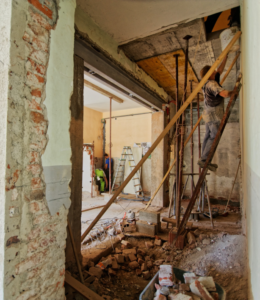
The Renovation Wave will tackle the barriers that make renovation complex, expensive and time consuming. It will propose better ways to measure renovation benefits, impose minimum energy performance standards, provide more EU funding and technical assistance, encourage green mortgages, and support more renewables in heating and cooling.
The Renovation Wave is part of the European Green Deal and sets out a number of actions to be implemented between now and 2024 under eight headlines:
- Strengthening information, legal certainty and incentives for renovation
- Reinforced, accessible and more targeted funding supported by technical assistance
- Creating green jobs, upskilling workers and attracting new talent
- Creating a sustainable built environment
- Placing an integrated participatory and neighbourhood based approach at the heart of renovation
- Tackling energy poverty and worst-performing buildings
- Public buildings and social infrastructure showing the way
- Decarbonising heating and cooling
Heating and cooling account for 80% of household energy use and more than 70% for industrial buildings. To tackle this, the Commission will revise the EED and the Renewable Energy Directive to increase the renewable heating and cooling target and introduce a requirement for a minimum of renewable energy in buildings. Eco-design and energy labelling measures will be further developed and emissions trading for buildings will also be explored.
EPEE, the European Partnership for Energy and the Environment has welcomed the goal to boost renovation of 35 million buildings by 2030, given that currently only 1% of buildings undergo renovation every year.
It called on the initiative to holistically consider the overall energy performance and health benefits of the building, to include technical building systems like heat pumps and air conditioners, and to back a switch to efficient state-of-the-art heating and cooling systems.
In this way, the Renovation Wave will boost both energy efficiency and indoor environment quality of European homes and workplaces, which given that Europeans spend 90% of their time indoors, is significant.
Money can make the cooling go round
The independent European climate change think, E3G has highlighted that Multilateral Development Banks (MDBs) can play a much greater role in delivering sustainable cooling as key providers of technical and financial assistance. MDBs are standard setters, and can have a very important role in delivering access to cooling as their support has long-lasting effects.
MDBs are integral to efforts around building back better after COVID-19, particularly in developing economies where they are key providers of finance. Integrating sustainable cooling into current investment programmes in the short term can for example facilitate preparedness for vaccine programmes; and set the trajectory for a decarbonised future in the medium and long term.
While MDBs are starting to recognise that sustainable cooling delivers triple benefits: mitigating climate change, supporting adaptation, and facilitating sustainable development. However given cooling’s importance and potential impact, faster progress is needed.
The E3G analysis shows that while all major MDBs do not have a mandate to assess cooling needs, despite having a majority shareholding that supports greater action on cooling, either through ratification of the Kigali Amendment, or through the development of a National Cooling Action Plan.
The ECG’s report sets out the common barriers to progress, and proposed potential solutions to overcome these barriers. It will help MDBs to work together and share knowledge to maximise the potential impacts of their financing and technical expertise.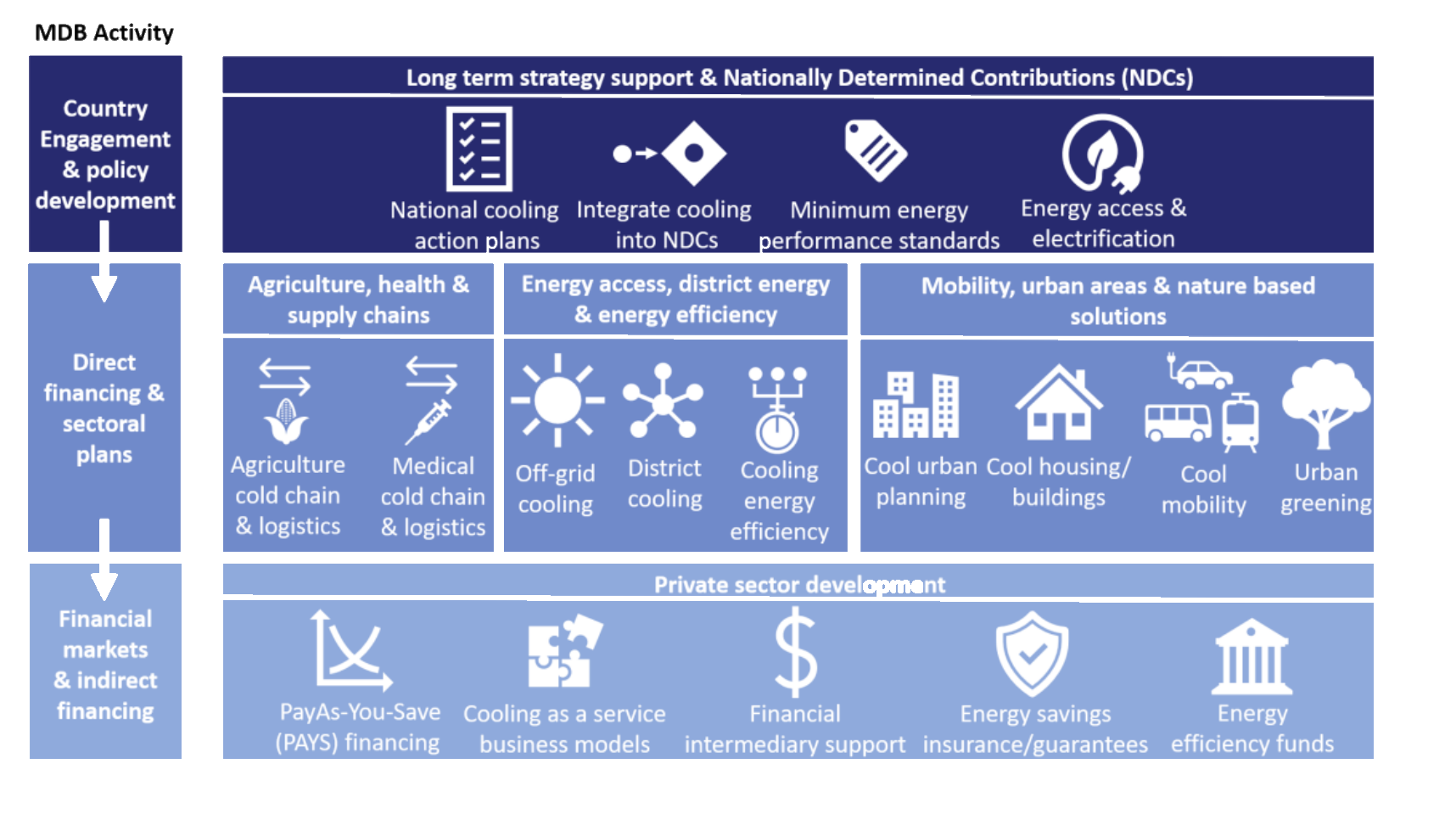
Some of the areas where cooling is an important aspect of MDB activities

